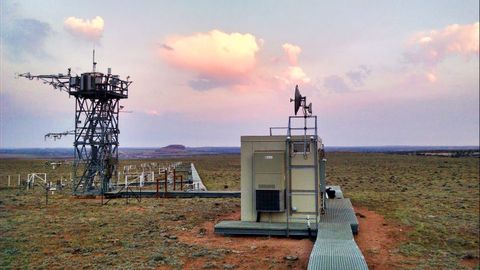NEON:开放数据以了解我们不断变化的生态系统(NEON: Open Data to Understand our Changing Ecosystems)
joey joey 發佈於 2021 年 05 月 24 日  沒有此條件下的單字
沒有此條件下的單字US /ˈkɑnstəntlɪ/
・
UK /ˈkɒnstəntli/
US /ˈmʌltəpəl/
・
UK /ˈmʌltɪpl/
- adj.多重的;多種的;多發性的;多重的
- n. (c.)多;多個的;乘數
- pron.多重的
US /ˈfɪzɪkəl/
・
UK /ˈfɪzɪkl/
- n. (c.)身體檢查
- adj.身體的;肉體的;物質的;物理的
- n.體育
- n. (c./u.)大小;規模;魚鱗;比例;等級;標尺
- v.t./i.測量;攀登;魚鱗

